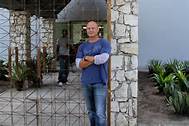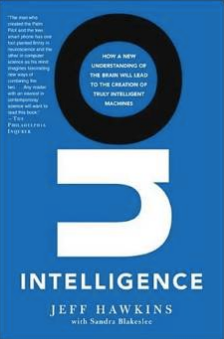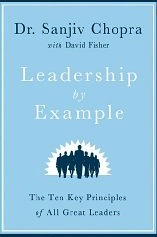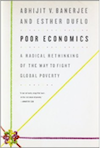Alleviating Poverty in a Profitable Manner
 Imagine you are a very successful hedge fund manager and one night you become inspired by such a worthwhile cause that you quit and do something about it– That’s exactly what happened to Rob Broggi– Industrial Revolution II‘s CEO and founder, a good friend of mine, and a model global citizen.
Imagine you are a very successful hedge fund manager and one night you become inspired by such a worthwhile cause that you quit and do something about it– That’s exactly what happened to Rob Broggi– Industrial Revolution II‘s CEO and founder, a good friend of mine, and a model global citizen.
It all started when Matt Damon, a college buddy from Harvard, invited Rob to an event on the state of Haiti in January 2009. He would have no idea then how the night would change his life. As he learned about the inhumane conditions throughout the country, he became increasingly incredulous. Haiti has a population of only 10 million people, and is as close to the United States as Jamaica is— yet it had gone from the richest colony to the poorest country in the Western Hemisphere in less than 200 years. “This is crazy,” he said to Damon at a dinner following the panel. “How in the world is this small country that is so close to us so poor?” Damon agreed. “You’re right,” he replied. “We need someone to work on this.”
 Broggi, in fact, did something about it. Shortly thereafter, he left a lucrative career at Raptor Capital. His rationale was quite sound. Broggi had become a master at analyzing complex financial problems and fixing Haiti seemed doable. “This is a problem that could be solved in my lifetime. If I could be a part of that, it would be incredibly satisfying.”
Broggi, in fact, did something about it. Shortly thereafter, he left a lucrative career at Raptor Capital. His rationale was quite sound. Broggi had become a master at analyzing complex financial problems and fixing Haiti seemed doable. “This is a problem that could be solved in my lifetime. If I could be a part of that, it would be incredibly satisfying.”
His solution was to launch Industrial Revolution II, a revolutionary garment manufacturer in Haiti in the fall of 2013. Unlike most overseas sweat shops that exploit the poor by subjecting them to dismal conditions with little training and low earning potential, IRII’s unique commitment is to train unemployed Haitians, pay them more than the minimum wage, and donate half its profits to health and education programs. If successful, it could be a new model for factories in developing countries, and it would transform one of the most exploitative industries into one that could play a direct role in alleviating poverty.
Here is IRII’s formula:
- State-of-the-art infrastructure: Deploy the latest equipment (e.g. rows of high-end Japanese sewing machines and the first digital garment printer in LA).
- Productivity: Deploy the latest industry best practices to ensure the most efficient processes.
- Training: Train the employees in multiple disciplines, so as to develop greater productivity, but as importantly, more meaningful roles, greater marketability, and lower turnover.
- Incentives: Guarantee the standard minimum wage, but provide bonus incentives (based on number of units produced, quality, and how much raw material is conserved).
- Health: Deploy the cleanest and safest working conditions (including an onsite medical facility).

This formula should translate into a no-brainer for brands– top quality, competitive prices and a strong social influence. As Broggi sees it: “We are trying to create this brand in a category that essentially doesn’t exist— one that would emphasize quality just as much as social and environmental integrity. If you can offer the same quality product at the same price you are going to win a tie-breaker nine out of 10 times.”
The apparel manufacturing industry is a $500 billion industry with 150,000 factories worldwide, so once IRII proves this model, it will plan to replicate it in other developing countries. There is plenty of room for an ethical company to capture market share, and thus, not only help solve the problems of Haiti but also set an entire industry down a more fair and humane path.
Learn more about Rob Broggi in our full list of global citizens.
Photos above are a courtesy of Industrial Revolution II.









